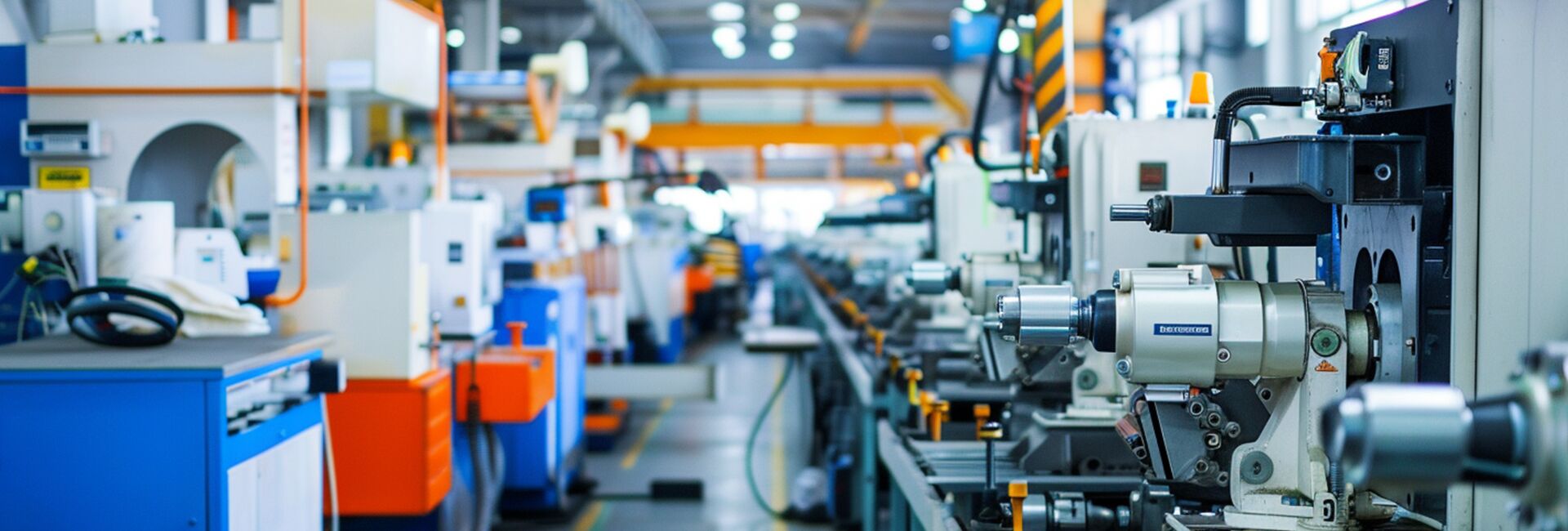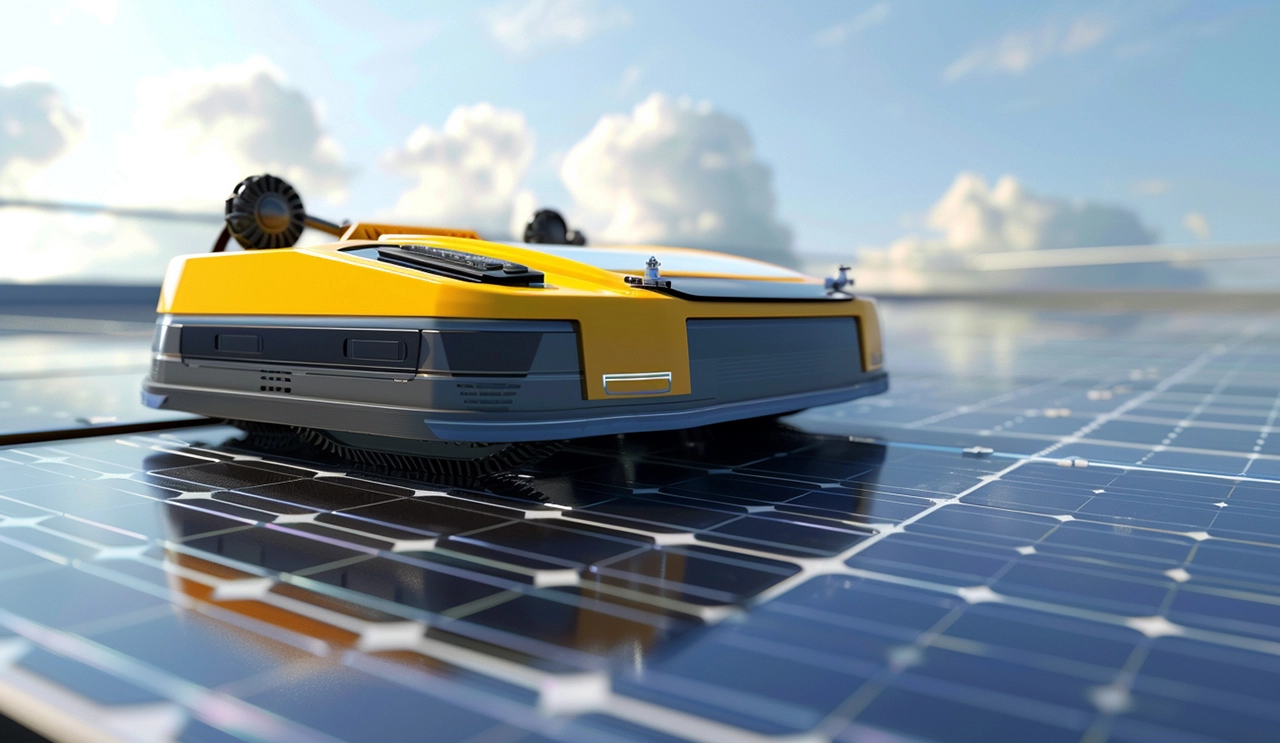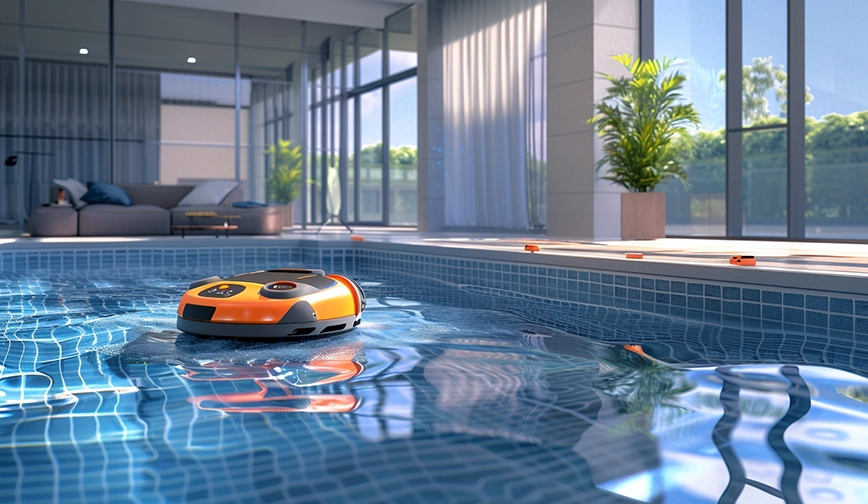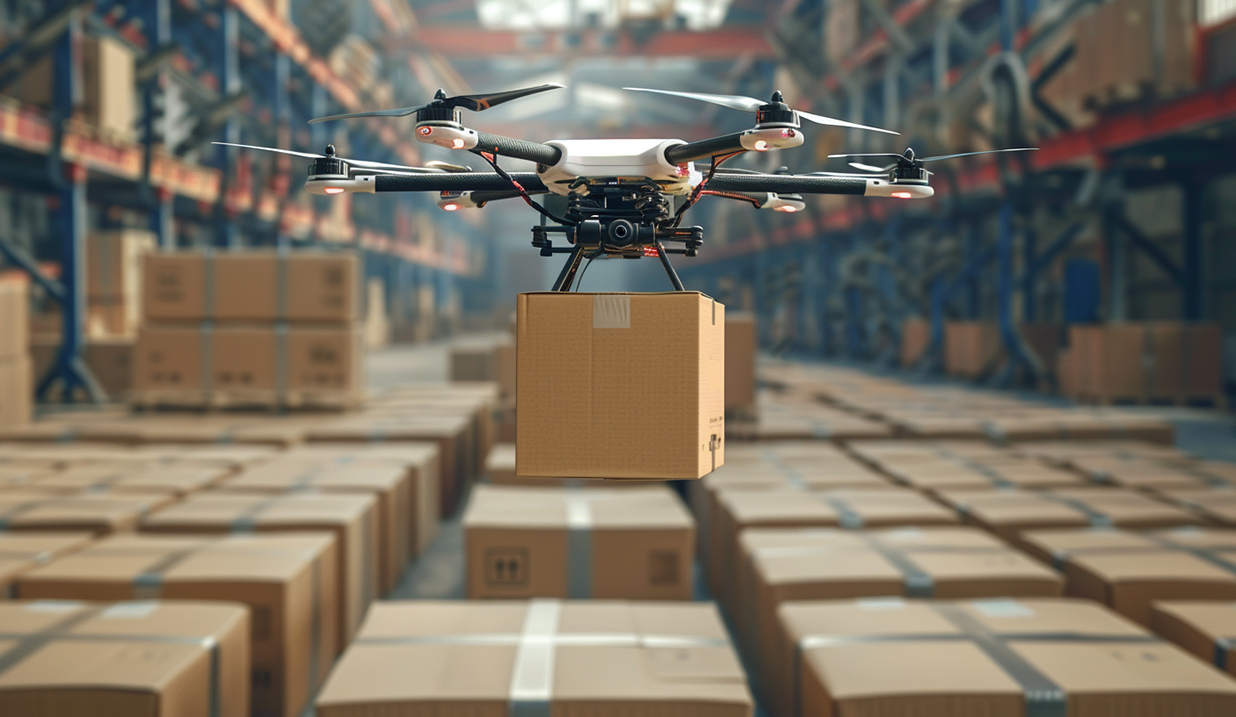
WIRELESS CHARGING IN THE NEWS
The innovation of wireless charging technology for catering robots is profoundly changing the service model of the catering industry, and injecting new vitality into intelligent catering services by improving charging efficiency and user experience. Traditional wired charging or battery replacement methods are not only inefficient, but also have security risks, and the breakthrough application of wireless charging technology effectively solves these problems, making robot services more smooth, intelligent and safe.
At present, the most advanced magnetic resonance wireless charging technology can achieve efficient power transmission, and the charging efficiency can reach more than 90%, far exceeding the 75% of traditional contact charging. The robot only needs a short docking to quickly replenish the power, and 80% of the power can be restored within 30 minutes, ensuring continuous working ability for more than 18 hours all day. At the same time, combined with the AI path planning system, the robot can autonomously navigate to the charging area and seamlessly return to work after charging, greatly reducing human intervention and improving operational efficiency. For example, after a smart restaurant in Shenzhen deployed a wireless charging system, the average daily delivery of robot meals increased from 120 to 200 times, completely eliminating the downtime caused by charging.
In terms of safety, wireless charging technology uses temperature monitoring and power adaptive regulation to effectively prevent overheating and overload, and is equipped with foreign matter detection function to ensure stable operation in wet and greasy kitchen environment. In addition, the silent design and contactless charging method not only reduce noise interference, but also meet the hygiene standards of the post-epidemic era, so that customers can enjoy a more comfortable and secure dining experience.
In the future, with the application of new semiconductor materials such as gallium nitride (GaN), wireless charging modules will be further miniaturized, and the efficiency is expected to exceed 95%. At the same time, the charging pile test combined with photovoltaic energy storage technology is also being promoted to provide more green and sustainable energy solutions for the catering industry. It can be predicted that wireless charging technology will become a key support in the field of catering robots, and promote intelligent catering services to a new stage of higher efficiency and better experience. By 2026, the global catering robot wireless charging market is expected to exceed $2 billion, becoming an important driving force for the intelligent upgrading of catering.







